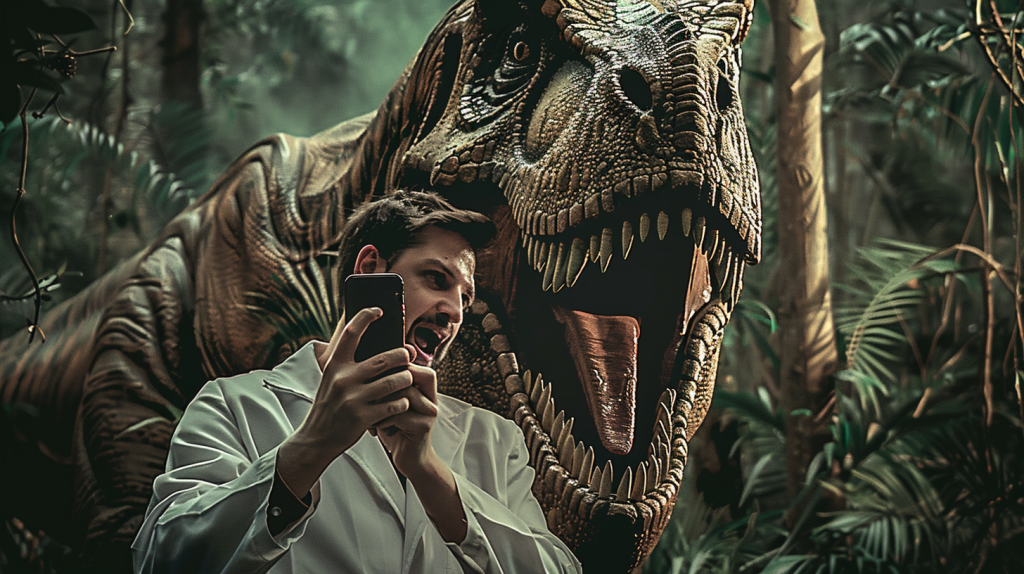De-extinction, or the process of bringing extinct species back to life, has been a topic of fascination for many people, even before Jurassic Park hit the cinemas. While the idea of a real-life Jurassic Park is still far from reality, scientists are making progress in this field every day.
1. De-extinction Is Not Just About Dinosaurs
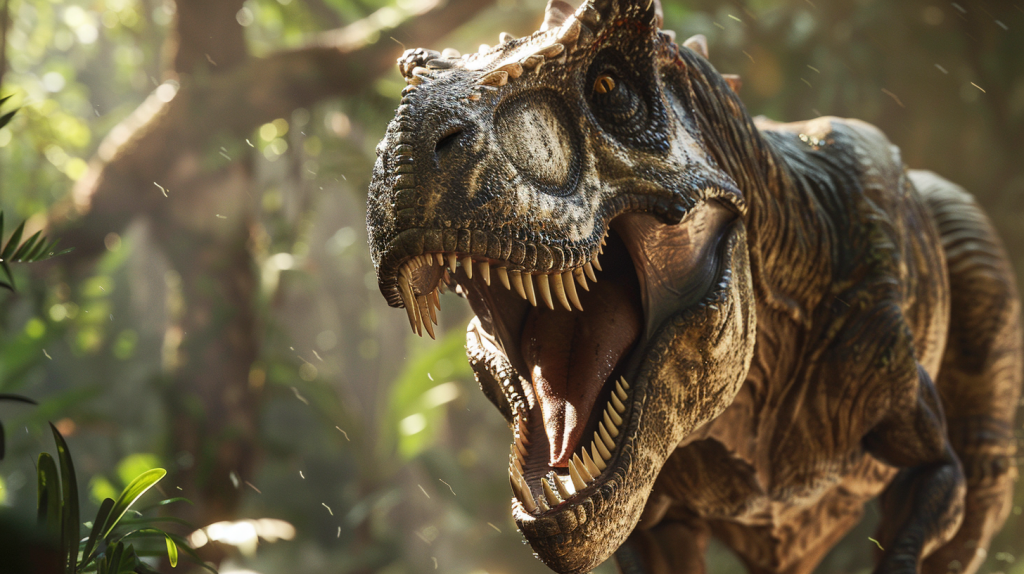
While the idea of bringing back dinosaurs captures our imagination, de-extinction efforts are focused on more recently extinct species, such as the passenger pigeon, the woolly mammoth, and the Tasmanian tiger. These animals have been extinct for a much shorter time, and their DNA is more easily accessible.
2. De-extinction Uses Genetic Engineering

To bring an extinct species back to life, scientists use genetic engineering techniques, such as CRISPR, to modify the DNA of a closely related species. By inserting the DNA of the extinct species into the embryo of the related species, they hope to create a hybrid animal with the characteristics of the extinct species.
3. The Passenger Pigeon Is a Prime Candidate for De-extinction
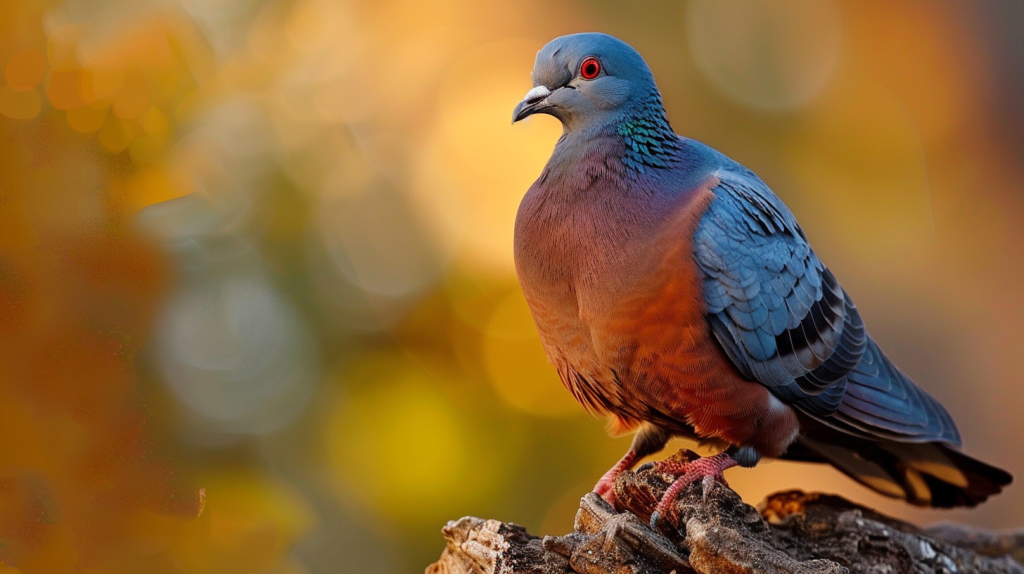
The passenger pigeon, which went extinct in 1914 due to overhunting and habitat loss, is one of the most promising candidates for de-extinction. Scientists have already sequenced its genome and are working on creating a hybrid bird using the DNA of the closely related band-tailed pigeon.
4. The Woolly Mammoth Could Help Fight Climate Change
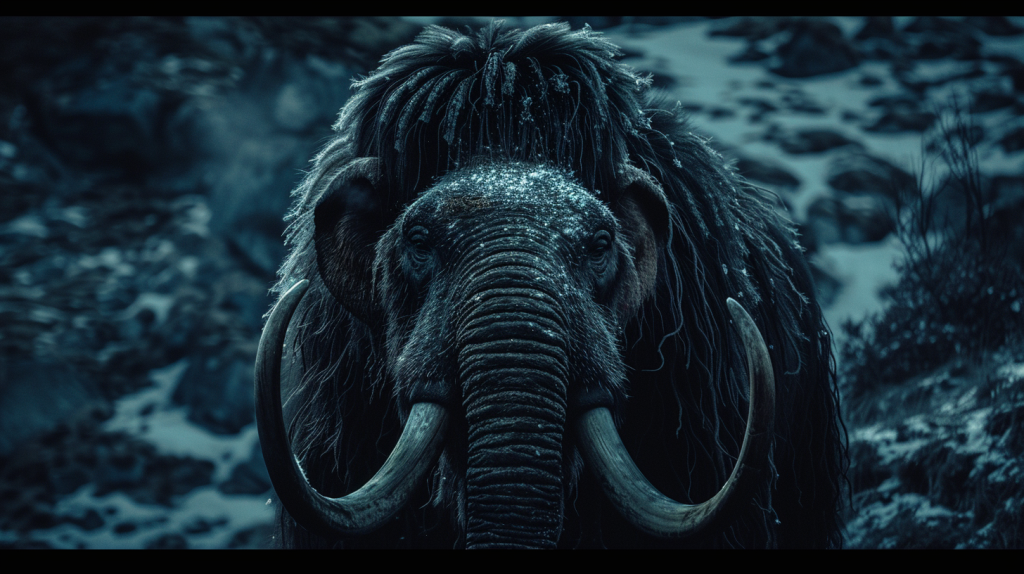
Some scientists believe that bringing back the woolly mammoth could help fight climate change. By reintroducing these large herbivores to the Arctic tundra, they could help restore the grasslands that once thrived there, which could in turn help sequester carbon and reduce global warming.
5. Mammoths By 2028?
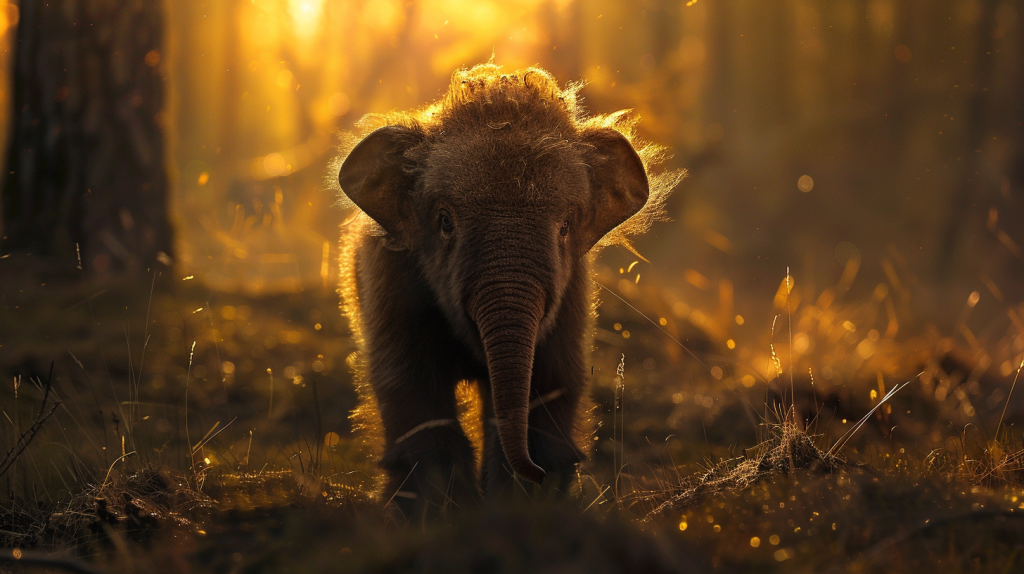
The world’s first and only de-extinction company, Colossal Biosciences, say they are feeling confident about having a de-extincted mammoth calf by 2028.
6. De-extinction Is Controversial

While some scientists see de-extinction as a way to right the wrongs of the past and restore lost biodiversity, others argue that it is a waste of resources that could be better spent on protecting existing species. Some also worry about the ethical implications of bringing back extinct animals.
7. The Pyrenean Ibex Was the First Animal to Be De-extincted
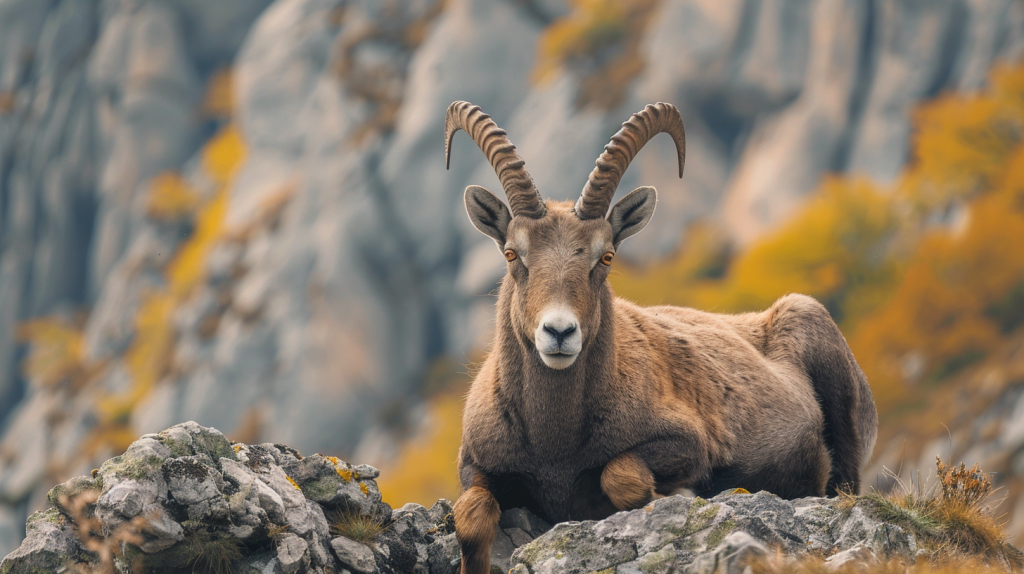
In 2003, scientists successfully cloned a Pyrenean ibex, a species of wild goat that had gone extinct just three years earlier. However, the cloned ibex died shortly after birth due to genetic defects, highlighting the challenges of de-extinction.
8. De-extinction Could Help Restore Ecosystems
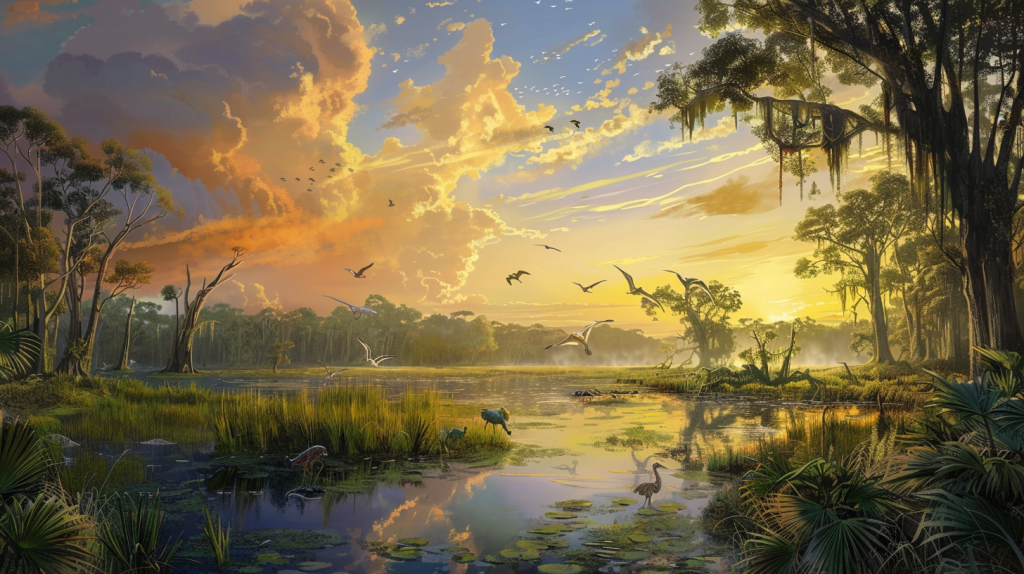
Bringing back extinct species could help restore ecosystems that have been disrupted by their loss. For example, reintroducing the Tasmanian tiger to Australia could help control populations of invasive species, such as rabbits and foxes, which have thrived in its absence.
9. De-extinction Could Help Advance Medical Research

The techniques used in de-extinction, such as genetic engineering and cloning, could also have applications in medical research. For example, scientists could use these techniques to study genetic diseases or to create organs for transplantation.
10. Jurassic Park Is Still Science Fiction
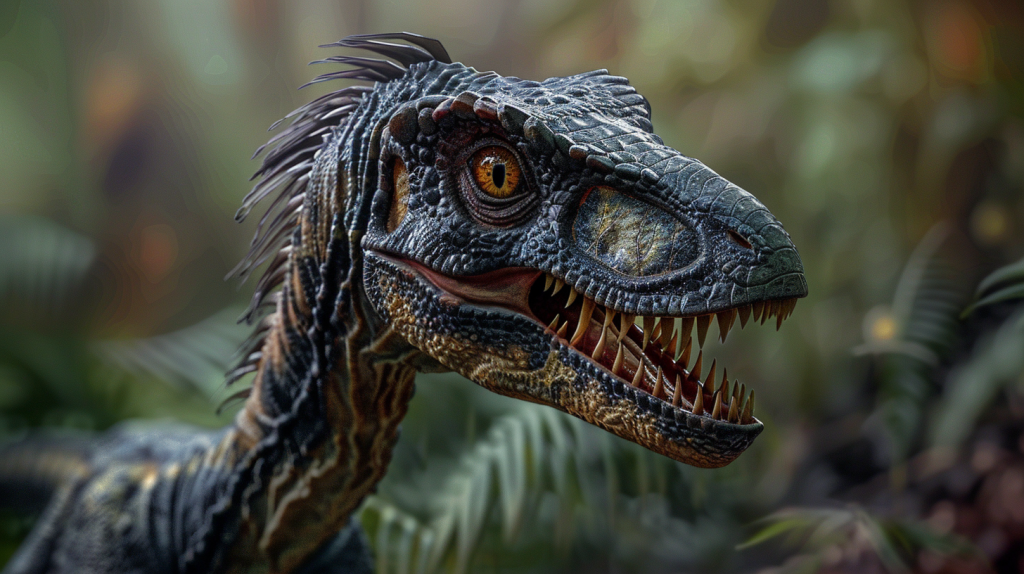
While de-extinction is a real field of study, the idea of creating a real-life Jurassic Park is still firmly in the realm of science fiction. The DNA of dinosaurs is too degraded to be used for de-extinction, and even if it were possible, there are numerous ethical and practical concerns that would need to be addressed.
11. De-extinction Is Expensive

Bringing back an extinct species is not a cheap endeavor. It requires significant funding for research, genetic sequencing, and breeding programs. Some critics argue that this money could be better spent on conservation efforts for existing species.
12. De-extinction Could Have Unintended Consequences

Reintroducing an extinct species into an ecosystem that has adapted to its absence could have unintended consequences. For example, the reintroduced species could outcompete existing species for resources, or could introduce new diseases into the ecosystem.
13. The Thylacine Is Another Promising Candidate for De-extinction
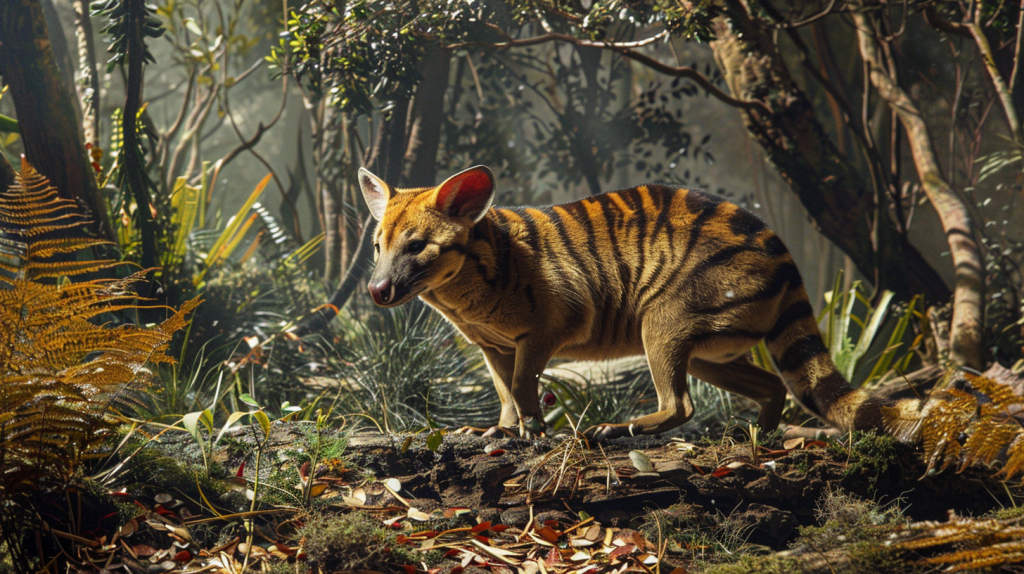
The thylacine, also known as the Tasmanian tiger, is another promising candidate for de-extinction. Scientists have already sequenced its genome and are working on creating a hybrid animal using the DNA of the closely related dunnart.
14. De-extinction Raises Ethical Questions
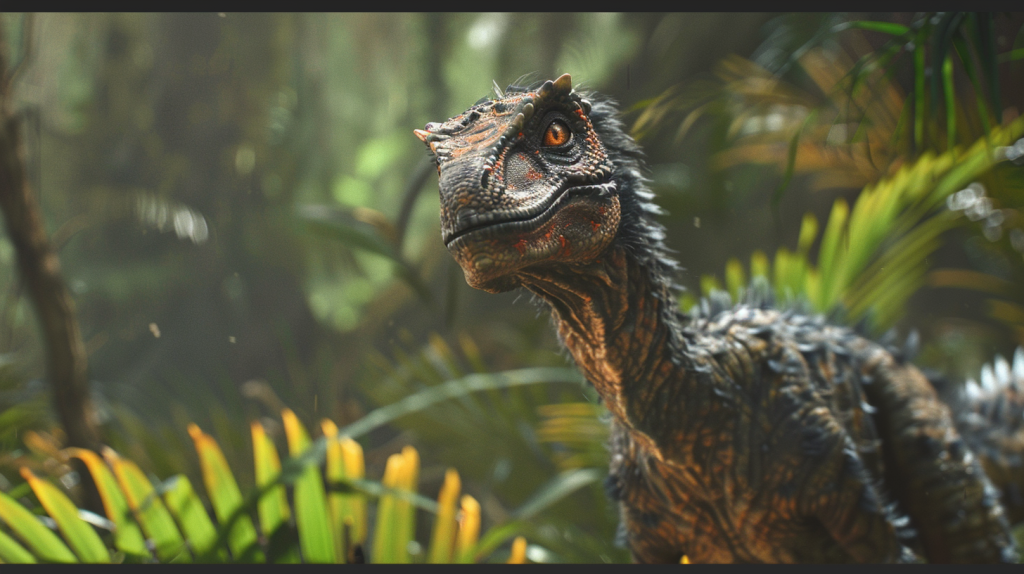
Bringing back extinct species raises a host of ethical questions. For example, what are our responsibilities to the animals we bring back? Do they have the same rights as other animals? And what happens if the reintroduced species causes harm to existing ecosystems or species?
15. De-extinction Is an Active Area of Research

Despite the challenges and controversies surrounding de-extinction, it remains an active area of research. Scientists around the world are working on developing new techniques and technologies to make de-extinction a reality, and to explore its potential applications in conservation and beyond.
16. The Dodo Bird Could Be a Candidate for De-extinction
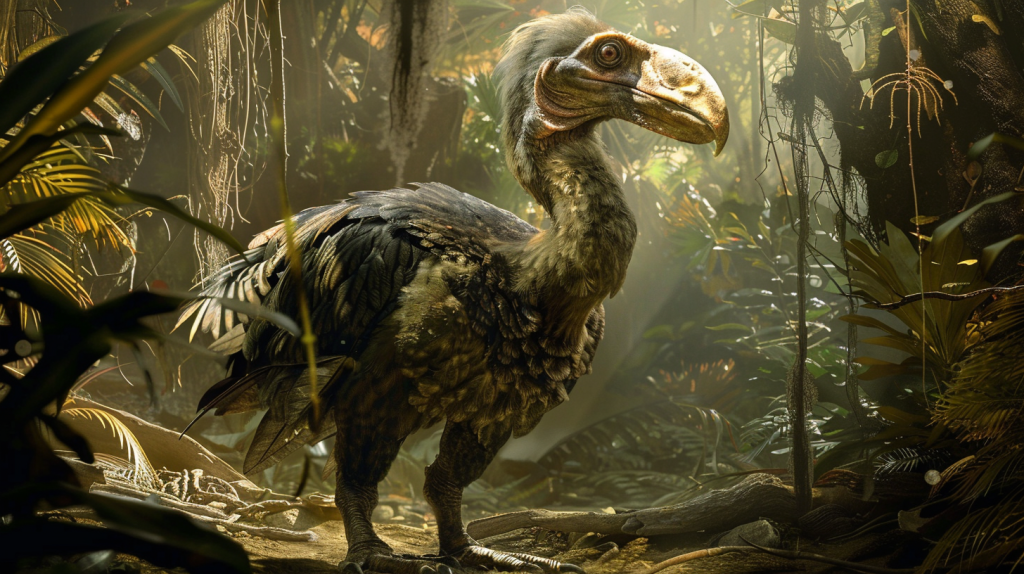
The dodo bird, which went extinct in the 17th century due to human activity, could be a candidate for de-extinction. Scientists have already sequenced its genome and are working on identifying the genes that gave the dodo its unique characteristics.
17. De-extinction Could Help Improve Genetic Diversity

One potential benefit of de-extinction is that it could help improve genetic diversity in endangered species. By bringing back extinct species and breeding them with their living relatives, scientists could introduce new genetic variation and reduce the risk of inbreeding.
18. The Gastric-Brooding Frog Could Have Medical Applications
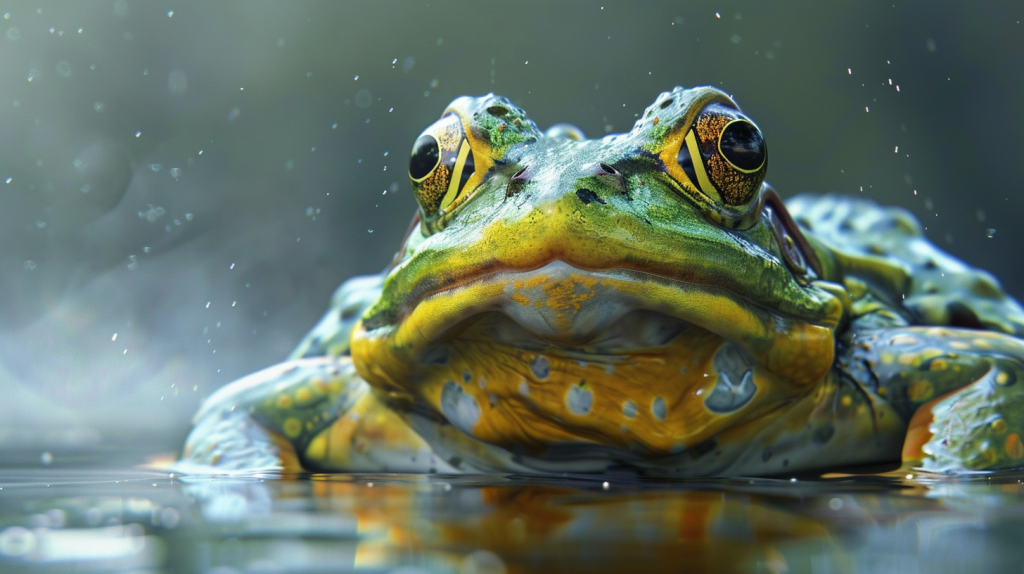
The gastric-brooding frog, which went extinct in the 1980s, had a unique ability to turn off its stomach acid production while brooding its young in its stomach. Scientists believe that studying this ability could lead to new treatments for stomach ulcers and other gastrointestinal disorders.
19. The Heath Hen Is a Candidate for De-extinction
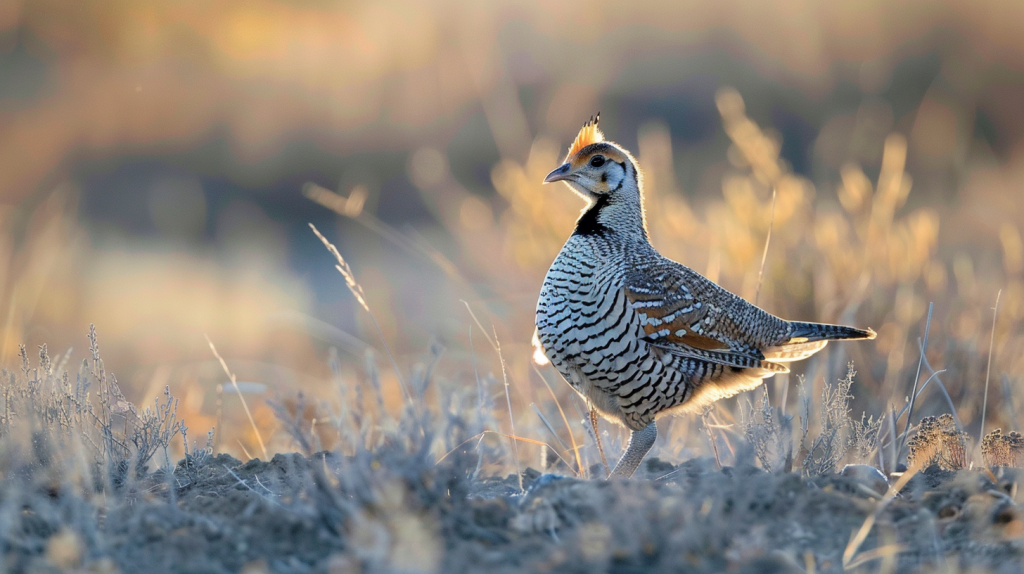
The heath hen, a subspecies of prairie chicken that went extinct in 1932, is another candidate for de-extinction. Scientists have already sequenced its genome and are working on creating a hybrid bird using the DNA of the closely related greater prairie chicken.
20. De-extinction Could Help Restore Cultural Heritage
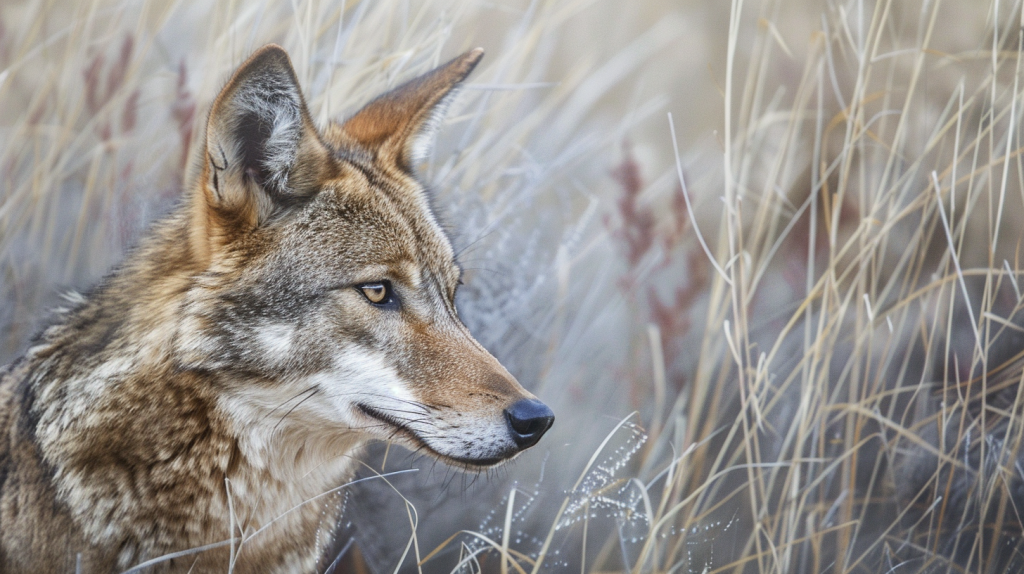
For some indigenous communities, the extinction of certain species has had a profound impact on their cultural heritage. Bringing back these species through de-extinction could help restore cultural practices and traditions that have been lost.
21. The Caribbean Monk Seal Is a Candidate for De-extinction
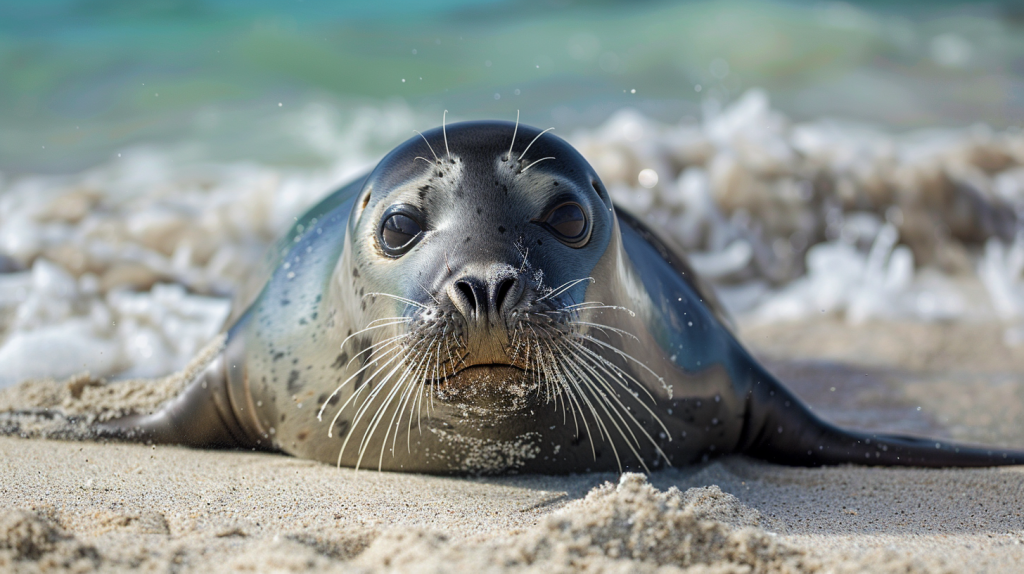
The Caribbean monk seal, which went extinct in the 1950s due to overhunting, is another candidate for de-extinction. Scientists have already sequenced its genome and are working on identifying the genes that gave the seal its unique adaptations to its Caribbean habitat.
22. De-extinction Could Help Advance Reproductive Technologies

The techniques used in de-extinction, such as cloning and in vitro fertilization, could also have applications in human reproductive medicine. By studying these techniques in extinct species, scientists could develop new treatments for infertility and other reproductive disorders.
23. The Great Auk Is a Candidate for De-extinction
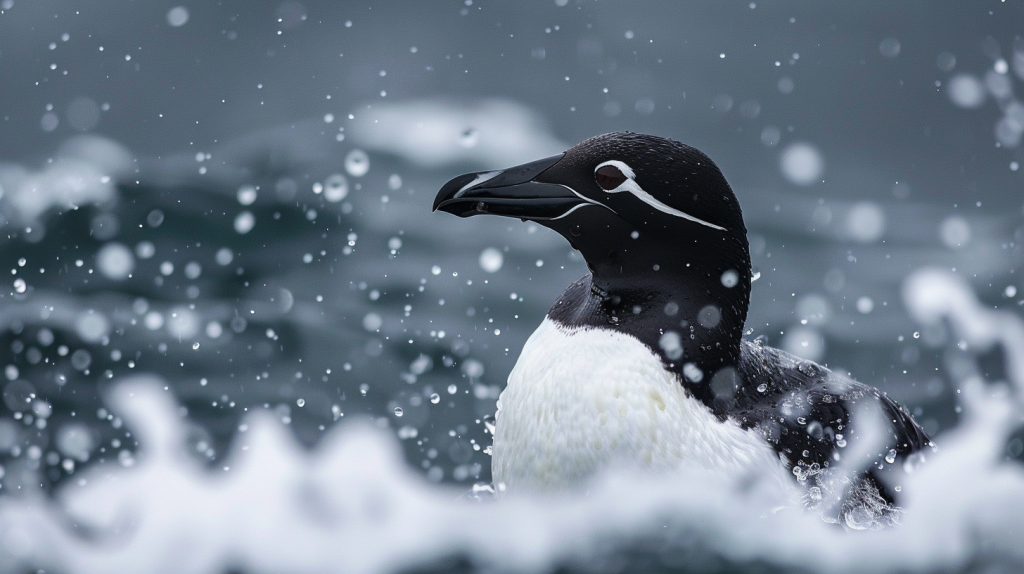
The great auk, a large flightless seabird that went extinct in the mid-19th century, is another candidate for de-extinction. Scientists have already sequenced its genome and are working on identifying the genes that gave the auk its unique adaptations to its cold, ocean habitat.
24. The Quagga Is Another Candidate for De-extinction
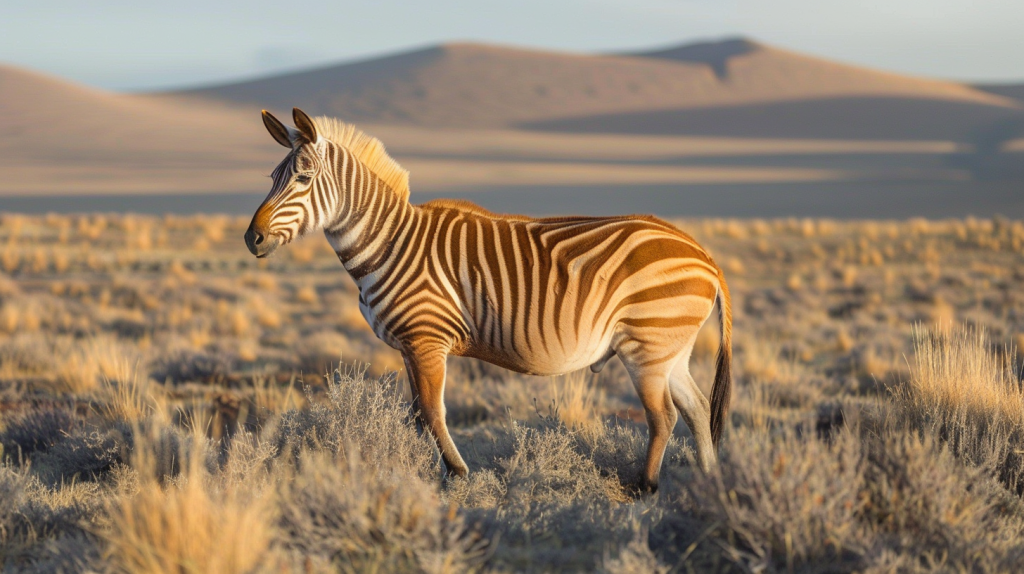
The quagga, a subspecies of zebra that went extinct in 1883, is another candidate for de-extinction. Scientists have already created a “Rau quagga” by selectively breeding zebras with quagga-like characteristics, and are working on using genetic engineering to create a more accurate replica.
